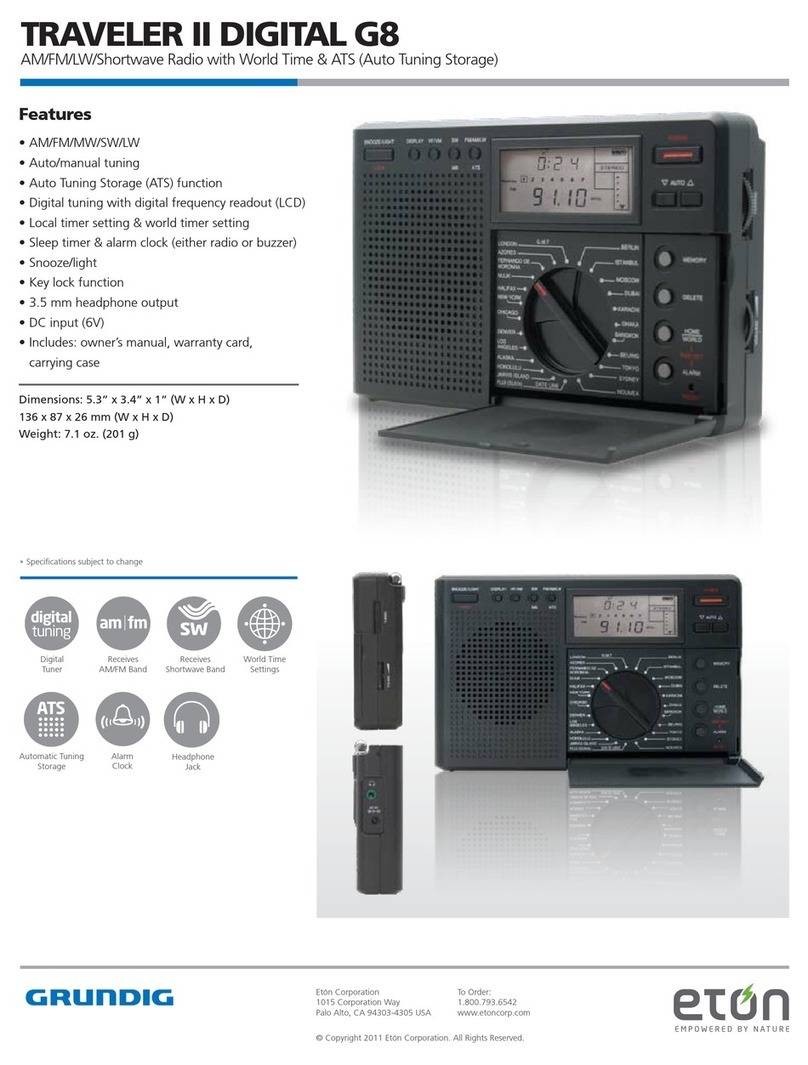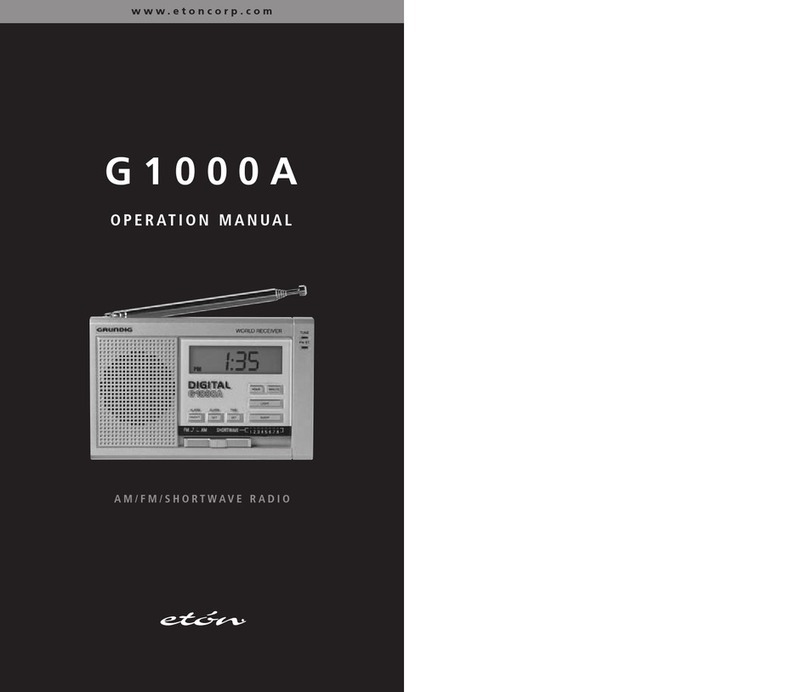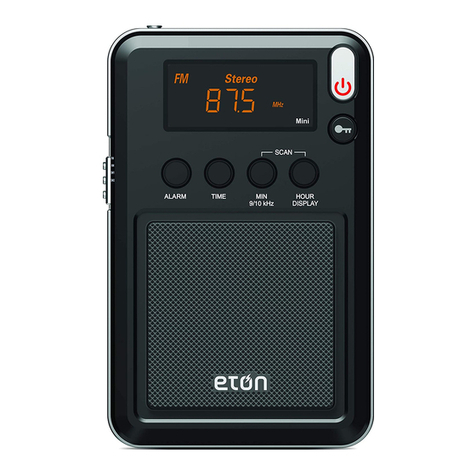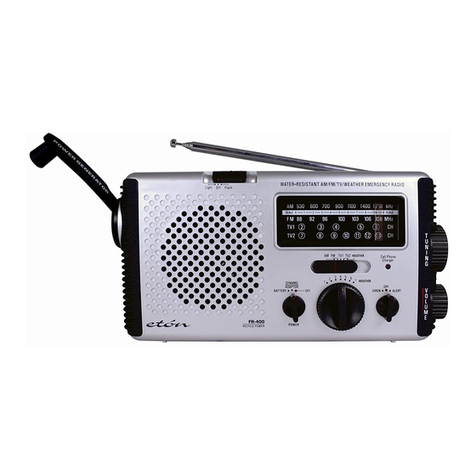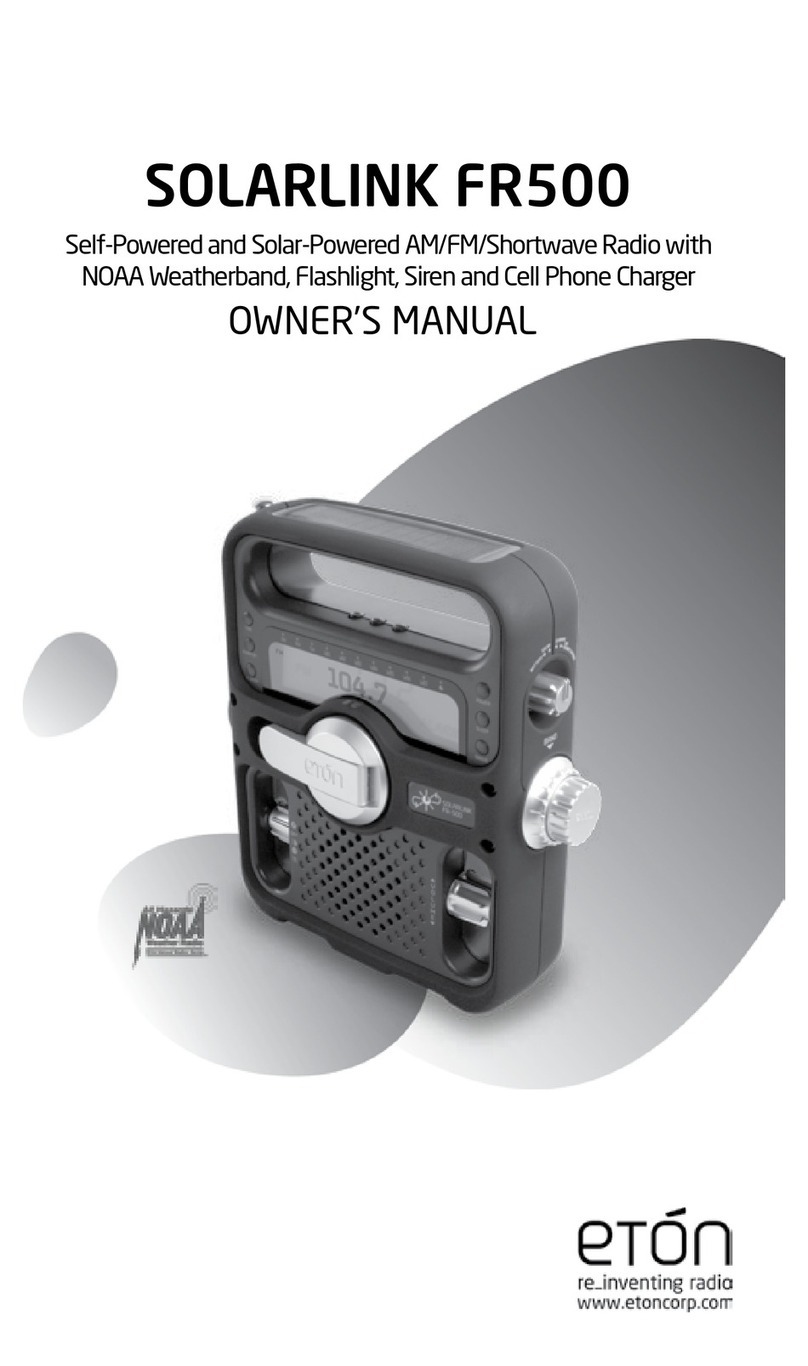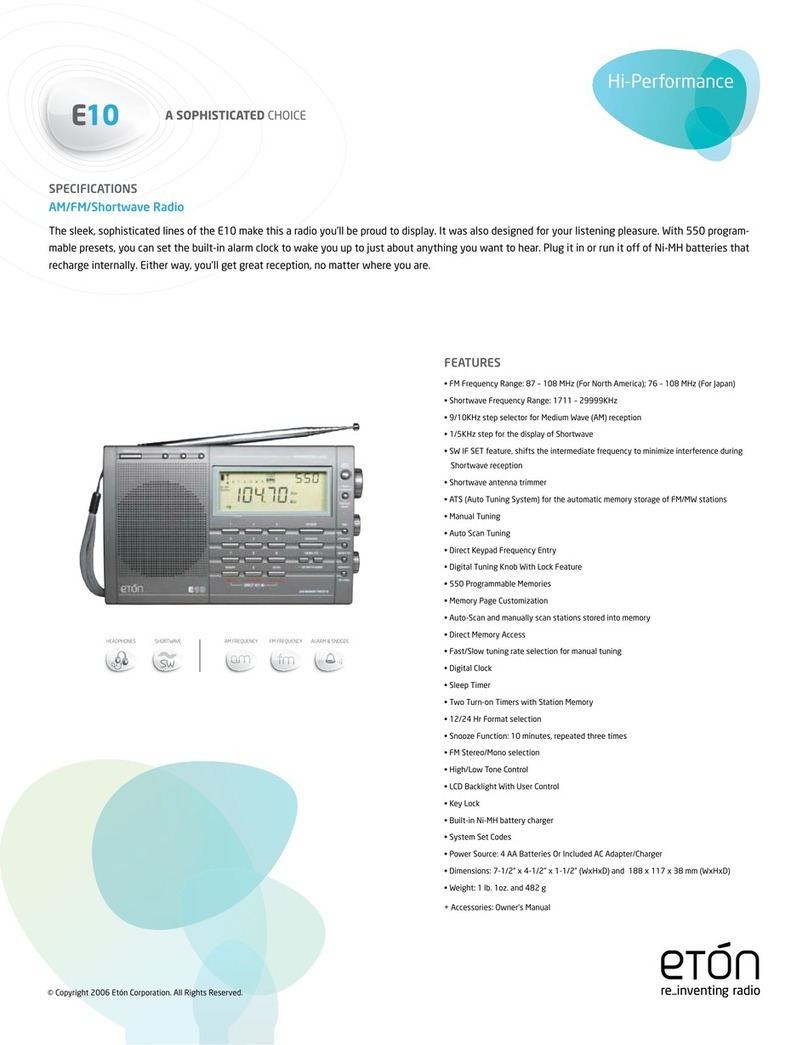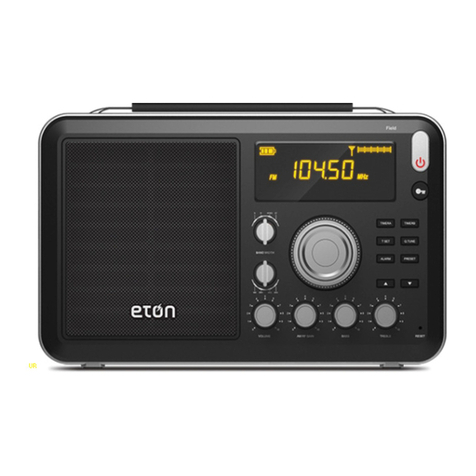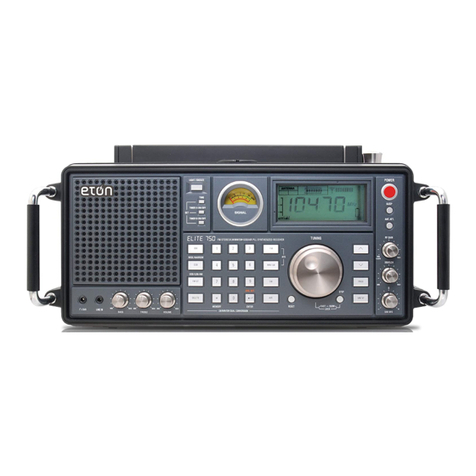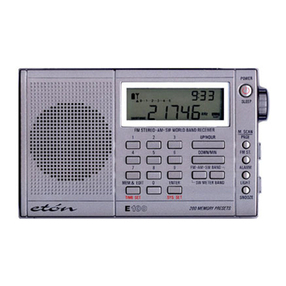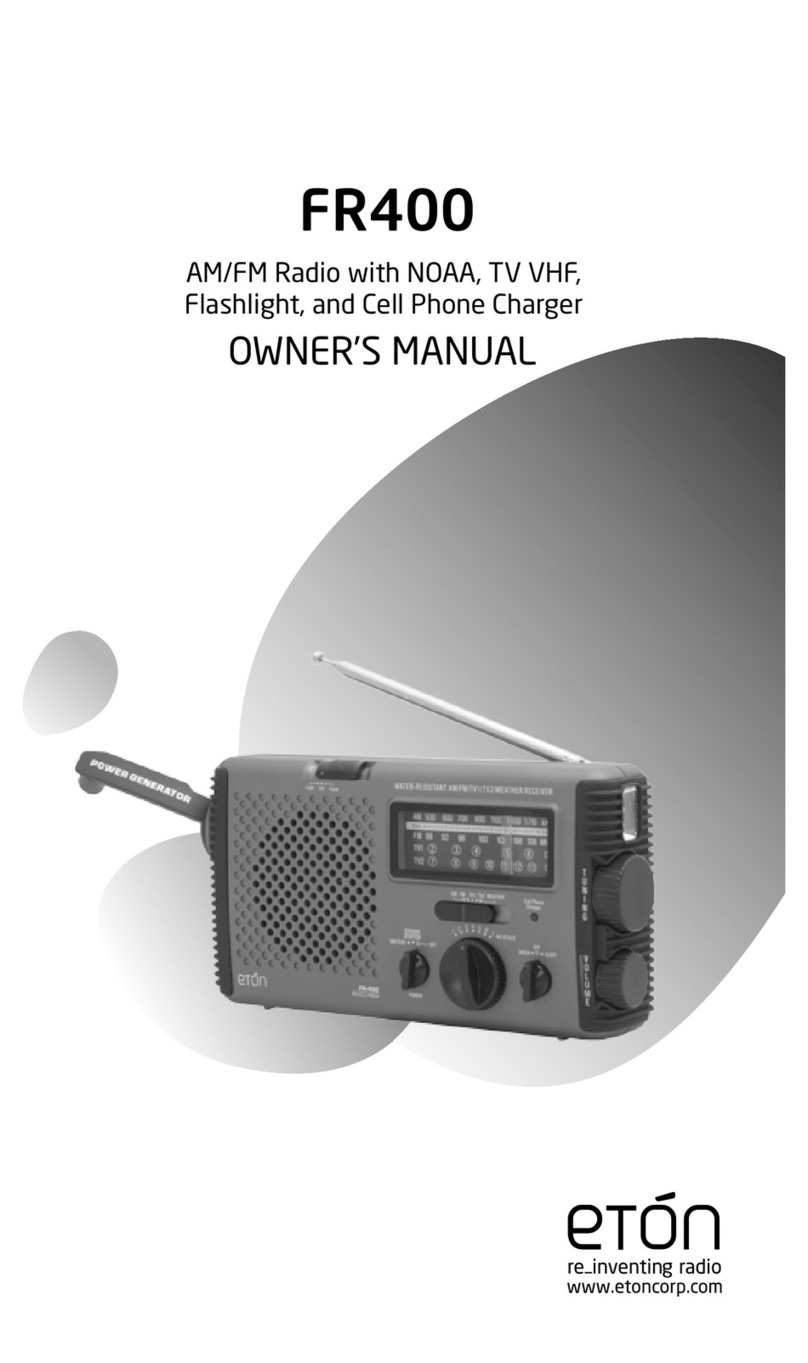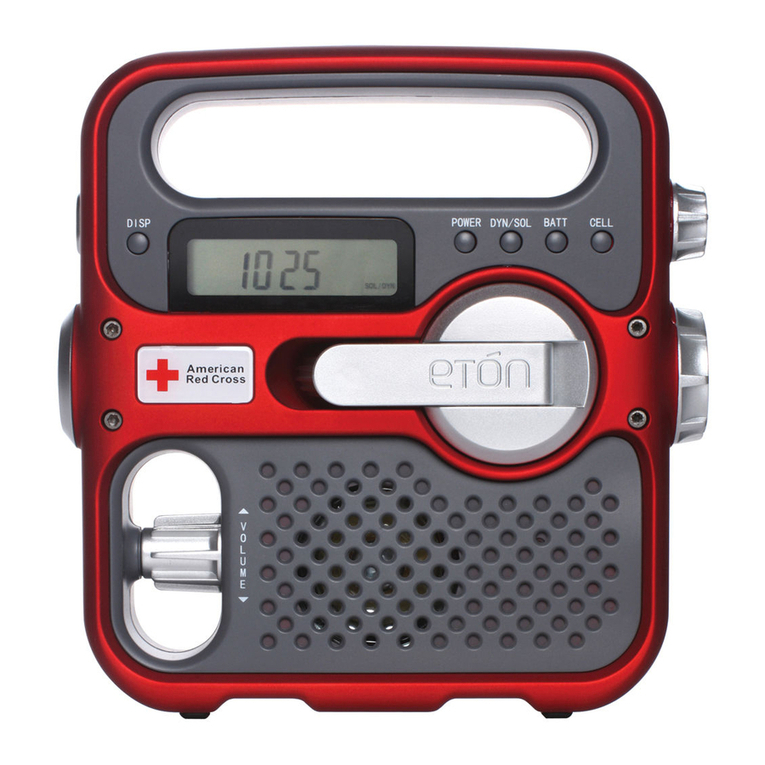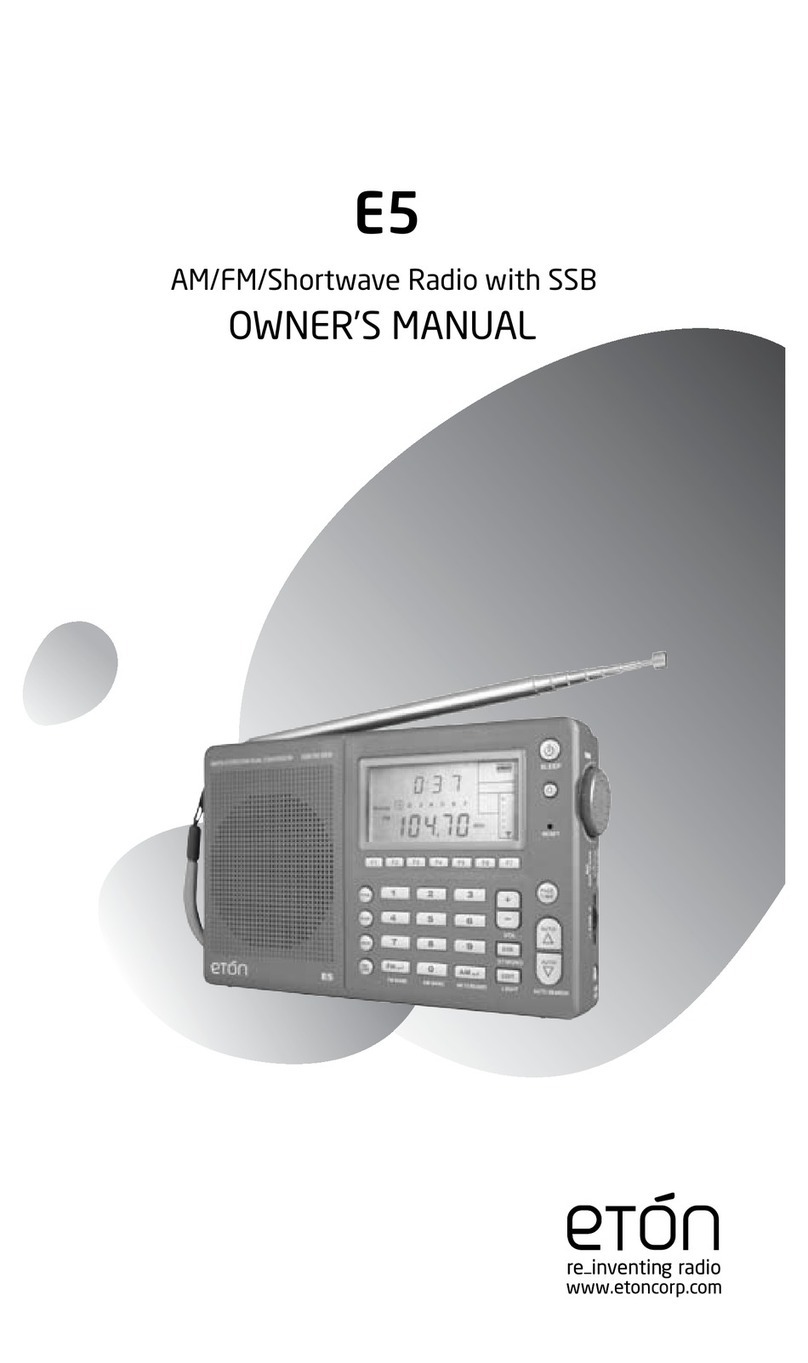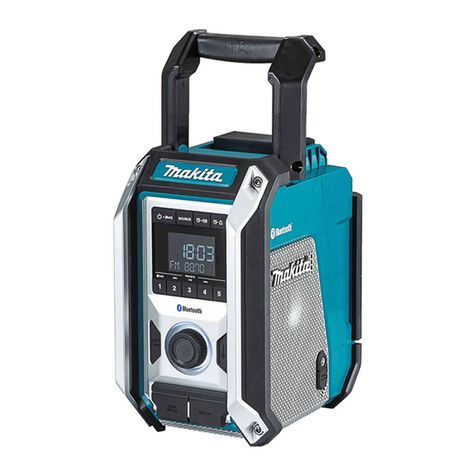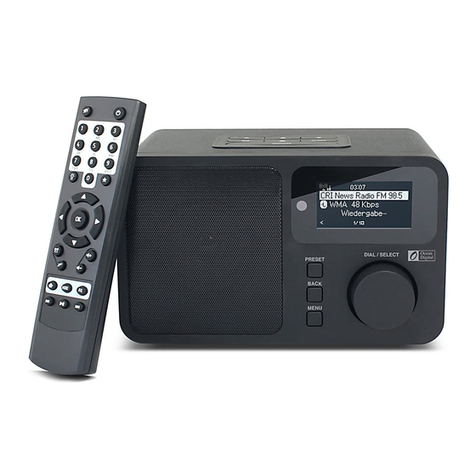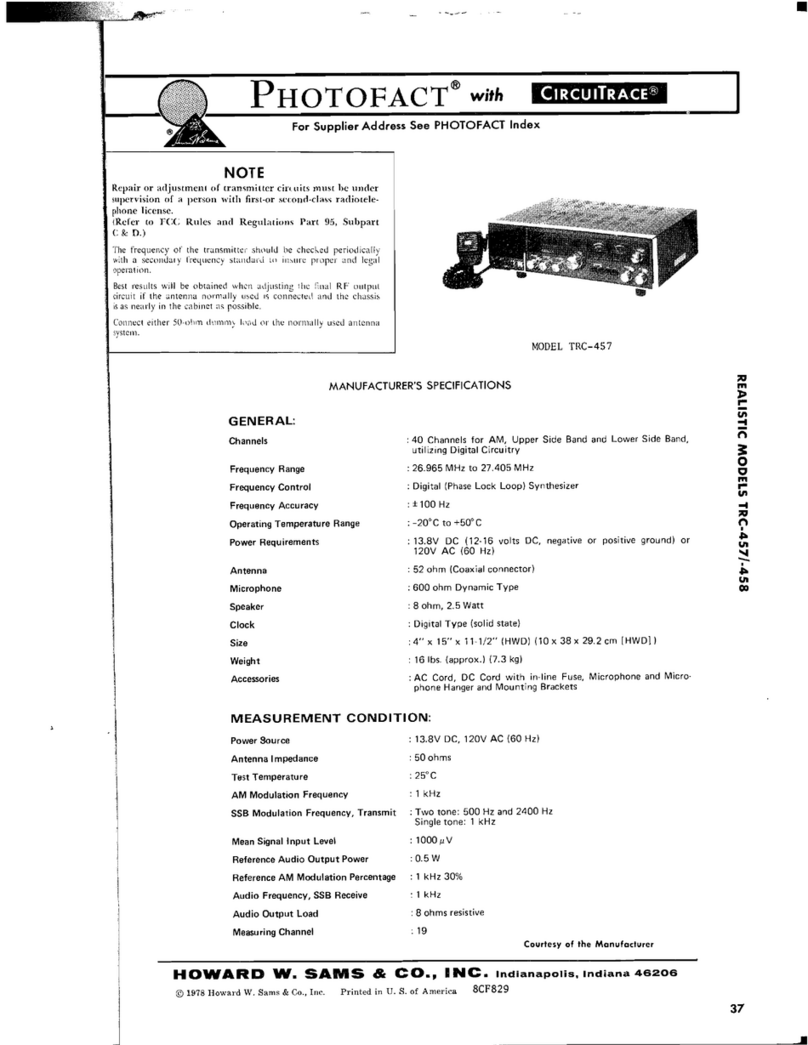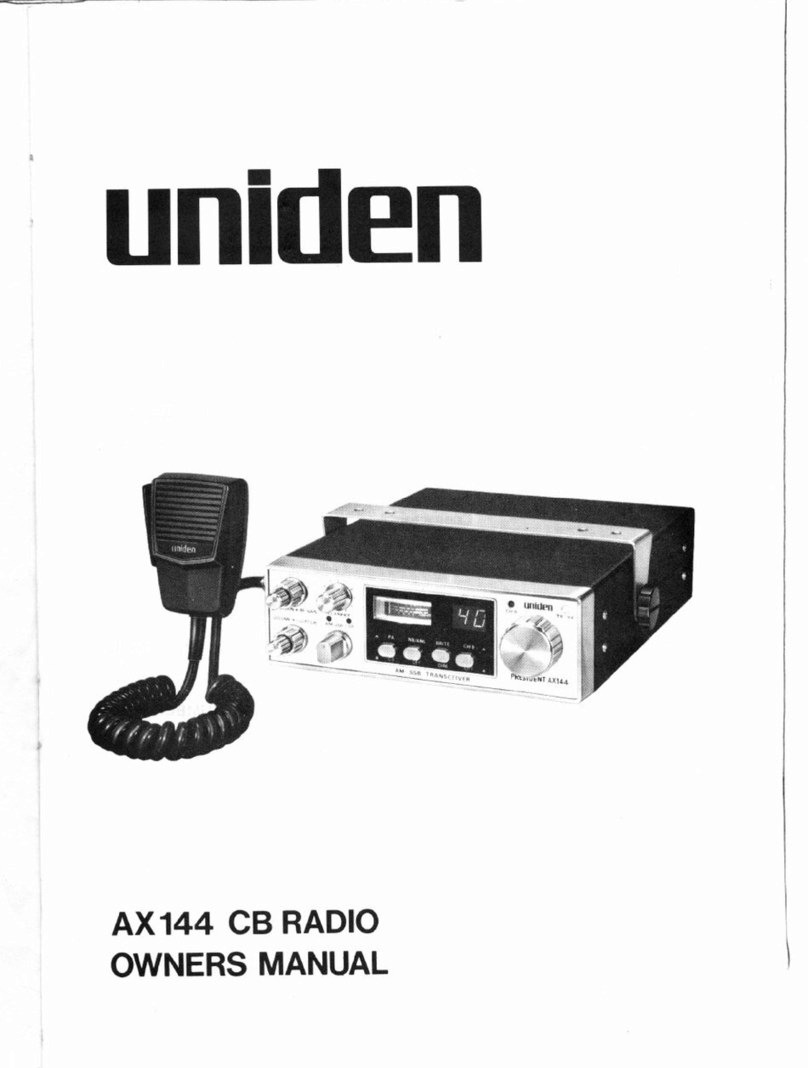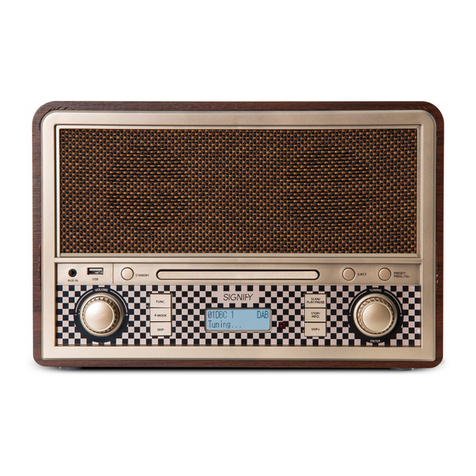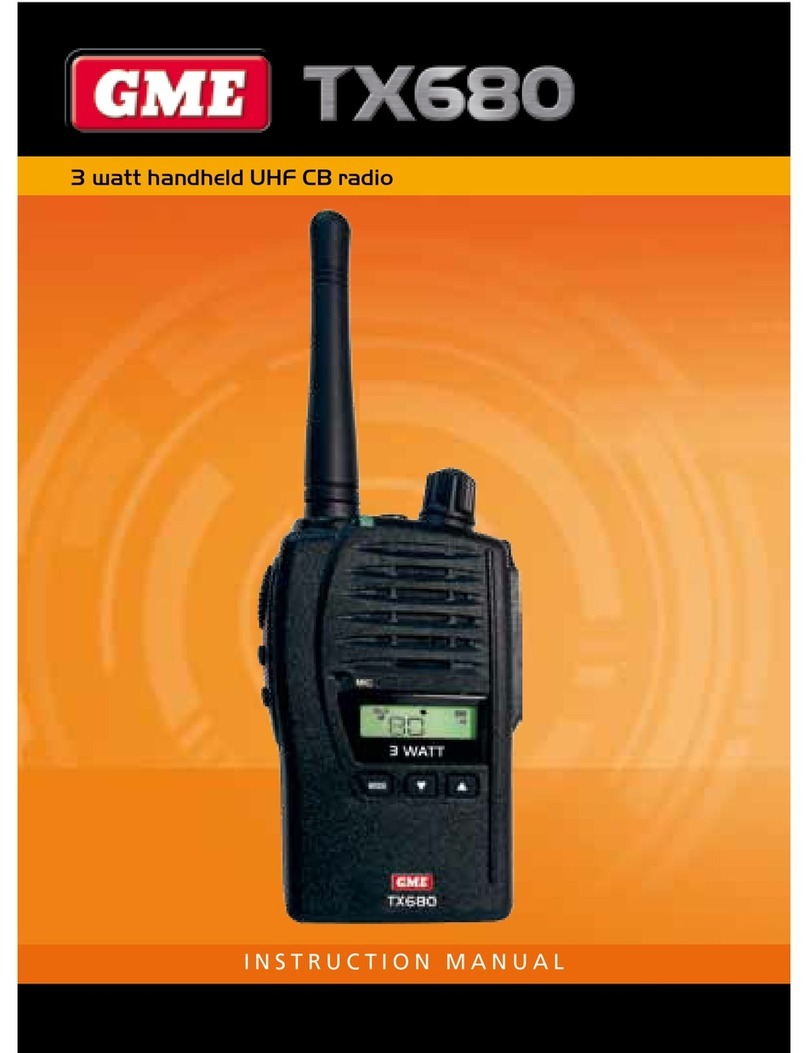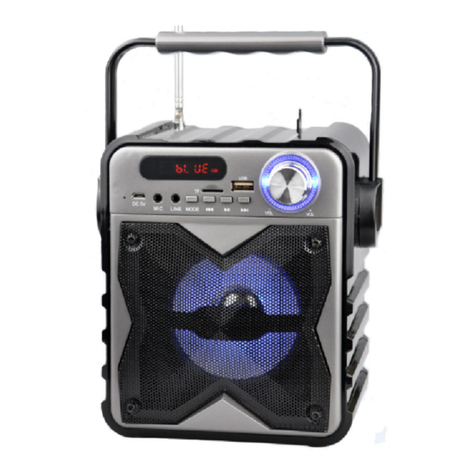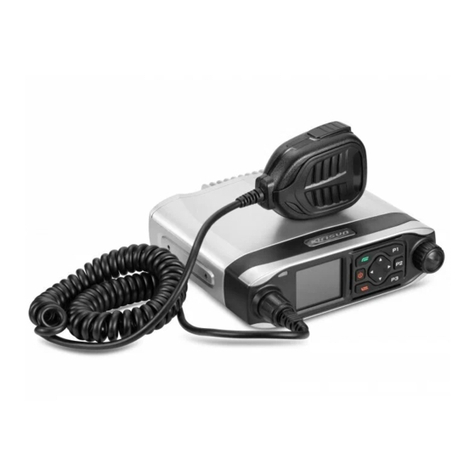Memory pages can be uniquely labeled with 8 intermixed letters, digits or
symbols.
1. Turn on the G3 and enter PAGE/MEMO mode by pressing the PAGE/TIME
button, causing PAGE/MEMO to appear in the display.
2. Press the LIGHT/EDIT button until ‘_’ appears in the display (about 3
seconds).
3. Use the tuning knob to select the desired letter, digit or symbol.
4. Press the PAGE/TIME button to select the next ‘_’.
5. Repeat until up to 8 letters/digits/numbers are selected.
6. Press PAGE/TIME when nished.
This feature enables copying of one memory or the entire contents of a
page from one location to another.
COPYING AND PASTING ONE MEMORY LOCATION TO ANOTHER
1. With the G3 turned on, press and release the PAGE/TIME button, causing
PAGE to appear in the display.
2. Press to select the page that you wish to copy a memory from.
3. Press the COPY/PASTE button until you see COPY ashing in the display,
then press the F1-7 button that you want to copy from.
4. To paste to the same page, press the F1-7 button that you wish to paste
to; if you wish to change pages, use the buttons to do so and then
press the F1-7 button that you wish to paste to.
5. Press the PAGE/TIME button when nished.
COPYING AND PASTING AN ENTIRE MEMORY PAGE
1. With the G3 turned on, press and release the PAGE/TIME button, causing
PAGE to appear in the display.
2. Press to select the page to be copied.
3. Hold down the COPY/PASTE button until you see COPY ashing in the
display, then do a quick, short press of the COPY/PASTE button (PASTE
ashes in the display).
4. Press selecting the paste-to page.
5. Do a quick, short press of the COPY/PASTE button to paste it.
6. Press the PAGE/TIME button when nished.
1. Turn on the G3 and enter PAGE/MEMO mode by pressing the PAGE/TIME
button, causing PAGE/MEMO to appear in the display.
2. Select the desired memory page with the buttons.
3. Press the ERASE button for about 2 seconds or until DEL starts ashing
in the display.
4. Press the F1-7 button that you wish to erase. Note that the box
surrounding the memory location disappears.
5. To select another memory page press the buttons and repeat the
process.
6. Press PAGE/TIME to exit PAGE/MEMO mode.
1. Turn on the G3 and enter PAGE/MEMO mode by pressing the PAGE/TIME
button, causing PAGE/MEMO to appear in the display.
2. Select the desired memory page with the buttons.
3. Press the ERASE button for about 2 seconds or until DEL starts ashing
in the display.
4. Press the ERASE button for about 2 seconds – all boxes around F1-7 will
disappear.
5. Press PAGE/TIME to exit PAGE/MEMO mode.
If you want to delete the contents of all memory pages , you must RESET
the radio. Resetting the radio deletes all memories and resets the radio to
factory defaults. With the radio turned off, press the ‘COPY’ ‘ERASE’ ‘EDIT’
buttons in turn, ‘FACTORY’ will ash in the LCD and numbers will count
down from 10 to 1, after the count down is nished release the buttons
and press the ‘RESET’ button, inside the hole labeled RESET. All memory
pages are erased and the factory default settings are restored.
DELETING A SELECTED MEMORY
DELETING ALL OF A MEMORY PAGE’S CONTENTS
DELETING THE CONTENTS OF ALL MEMORY PAGES
LABELING MEMORY PAGES
USING THE COPY/PASTE FUNCTION

